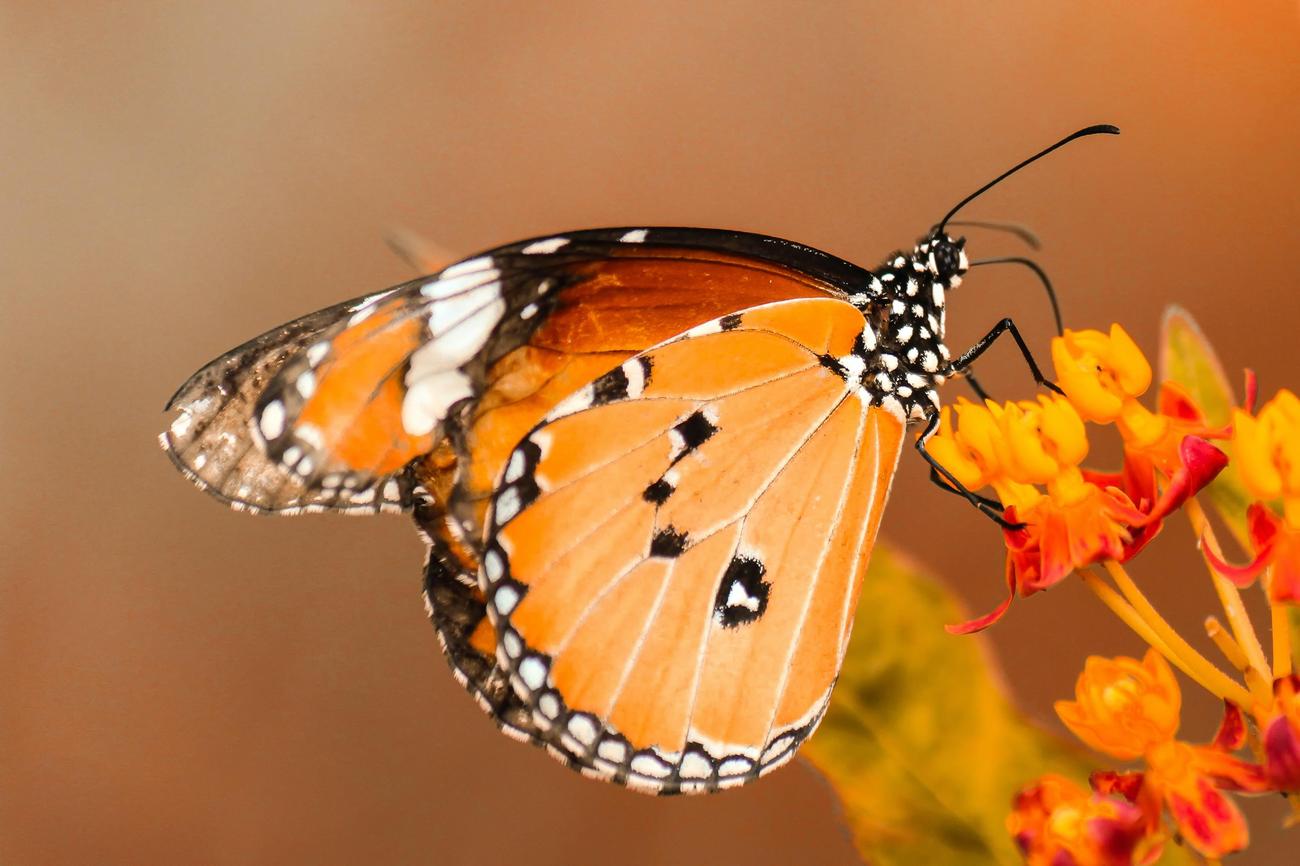Are you ready to dive into the world of animal healthcare and explore some truly remarkable facts? Look no further! In this article, we will reveal a collection of surprising insights that will challenge your current knowledge of veterinary medicine. As an experienced and passionate veterinarian, I am excited to share my extensive expertise in nutrition, vaccination, and preventive care to shed light on lesser-known aspects of animal health. So, fasten your seatbelts and get ready to be amazed by some truly remarkable animal healthcare facts!

Surprising Animal Healthcare Facts
In the world of animal healthcare, there are many remarkable facts that might surprise you. From the unusual behaviors of different species to the interconnectedness between animal and human health, the field is full of intriguing discoveries. Let’s dive in and explore these surprising animal healthcare facts!
1.-Dolphins and Their Pufferfish Playmates
Did you know that dolphins have been observed deliberately handling pufferfish? It’s not just for fun – these marine mammals actually enjoy the narcotic and hallucinogenic effects of the toxins released by the pufferfish. This behavior showcases the complex and sometimes unexpected interactions animals can have with their environment.
“Dolphins’ interactions with pufferfish demonstrate their unique ability to seek out and experience natural substances in a fascinating way.”
2. Koalas: The Sleepy Eucalyptus Lovers
If you’ve ever wondered why koalas sleep for up to 22 hours a day, it’s because their diet of eucalyptus leaves requires substantial energy to digest. With low-calorie and toxin-containing leaves, koalas need to conserve their energy for the digestion process. This fascinating adaptation allows them to thrive on a rather challenging diet.
“The koala’s excessive sleep is a testament to the unique energy requirements of this adorable marsupial.”
3. The Marvelous Giant Pacific Octopus
The Giant Pacific Octopus is truly a creature of wonder. With 3 hearts, 9 brains, and blue blood, it possesses a level of complexity that astonishes scientists. This clever cephalopod can also change its color and texture to camouflage itself in its surroundings. It’s a true master of adaptation and survival.
“The incredible capabilities of the Giant Pacific Octopus highlight the astonishing diversity and adaptability of the animal kingdom.”
4. The Web of Spiders
Prepare to be amazed by the sheer number of spiders that surround us. Did you know that there are approximately 50,000 spiders per acre in green areas? And with over 45,000 known species, these eight-legged creatures have established themselves as masters of their environment.
“The abundance of arachnids in nature serves as a reminder of the intricate web of life in which animals play a vital role.”
5. Fleas: Tiny Jumping Powerhouses
When it comes to jumping, fleas are the ultimate champions. These minuscule parasites can jump distances up to 200 times their own body length. Imagine if humans possessed such incredible jumping abilities! This surprising fact showcases the extraordinary physical capabilities of even the tiniest organisms.
“Fleas’ extraordinary jumping abilities demonstrate the immense power that can be packed into the smallest of creatures.”
6. Animals and Human Health: Shared Challenges and Insights
Animals are not immune to health problems, and they often face similar issues to humans. Research conducted on animal health has provided invaluable insights into disease progression and treatment options. By studying animals, we can gain a better understanding of our own health.
“The connection between animal and human health is a powerful reminder of the shared challenges we face and the potential for cross-species discoveries.”
7. Animal Health Research: A Unique Perspective
Animal health research tackles scientific questions from a unique perspective – that of the animals themselves. By focusing on the well-being and healthcare of animals, researchers gain a deeper understanding of veterinary medicine and its impact on animals’ lives.
“Animal health research provides a glimpse into the world of veterinary medicine where scientific inquiry meets animals’ needs for a healthier future.”
8. Animals: Sources of Medicine and Research Opportunities
Animals have long been sources of medicinal drugs and have provided researchers with countless opportunities for scientific breakthroughs. From the discovery of antibiotics to life-saving medications inspired by animal venom, the animal kingdom continues to inspire and revolutionize the field of healthcare.
“The remarkable nature of animals has not only yielded invaluable treatments but has also paved the way for groundbreaking discoveries in the realm of medicine.”
9. Early Exposure to Pets: A Shield Against Allergies?
Did you know that early exposure to pets may help protect young children from developing allergies and asthma? This surprising fact underscores the potential benefits of having furry companions in our lives. By interacting with animals from a young age, our immune systems can be primed to respond positively to potential allergens.
“Parents may find solace in the idea that welcoming a pet into their family could contribute to their child’s overall health and well-being.”
10. The Reality of Drug Development
When it comes to drug development, the road to success can be arduous. An astounding 92% of experimental drugs that prove safe and effective in animals ultimately fail in human clinical trials. This statistic highlights the complexities involved in translating promising results from animal studies to human patients.
“The high failure rate of experimental drugs in human clinical trials emphasizes the need for continued research and innovation in the field of medicine.”
11. Animal-Mediated Disease Transmission
Animals play a significant role in the transmission of various diseases to humans. They can serve as vectors for pathogens, raising concerns about public health. By studying these interactions, scientists can gain a better understanding of disease prevention and control.
“The intricate relationship between animals and human health reminds us of the importance of proactive measures to minimize the risk of disease transmission.”
12. The Majesty of Animal Behaviors
Animals display a wide range of surprising behaviors, including mesmerizing predator-prey dynamics. From the cooperative hunting strategies of wolves to the intricate dances of fireflies, the animal kingdom abounds with captivating interactions and behaviors that continue to fascinate researchers and nature enthusiasts alike.
“The enchanting behaviors exhibited by animals are a testament to the ever-present wonders of the natural world.”
13. Integrating Humor and Education
When it comes to exploring complex topics like healthcare, a touch of humor can go a long way in engaging readers. The comic book “Health & Wealth: A Graphic Guide to the U.S. Healthcare System” cleverly combines facts, fables, photos, and humor to facilitate understanding and spark curiosity.
“By infusing creativity and humor into educational materials, we can create a more enjoyable learning experience for all.”
In conclusion, the world of animal healthcare is full of surprises and fascinating facts. From the extraordinary adaptations of different species to the interconnectedness between animal and human health, there is much to discover and appreciate in the realm of veterinary medicine. So, the next time you come across a pufferfish or marvel at a jumping flea, remember the incredible wonders that exist within the animal kingdom.
TABLE:
| Fact | Implication |
|---|---|
| Dolphins handle pufferfish for enjoyment | Animal behavior showcases the capacity to interact with their environment in surprising ways. |
| Koalas sleep for up to 22 hours due to diet | Adaptations allow animals to thrive on challenging diets. |
| Giant Pacific Octopus has unique characteristics | The animal kingdom’s diversity and adaptability are astounding. |
| High spider population in green areas | Animals play crucial roles in maintaining the delicate balance of ecosystems. |
| Fleas can jump incredible distances | Even the smallest organisms can possess exceptional physical abilities. |
| Animal research provides insights for human health | Animal models offer invaluable knowledge for disease understanding and treatment. |
| Animal and human health share many diseases | The interconnectedness of health supports collaboration and knowledge exchange. |
| Animals inspire the development of medicines | Nature’s diversity continues to inspire breakthroughs for human health. |
| Early exposure to pets may protect against allergies | Animals can positively influence human immune system development. |
| Experimental drugs often fail in human trials | The path to successful drug development is complex and challenging. |
| Animals can transmit diseases to humans | Recognizing animal-mediated disease transmission is vital for preventing outbreaks. |
| Fascinating animal behaviors | The natural world offers endless wonders and endless opportunities for observation. |
| Humor and creativity in education | Engaging educational materials can facilitate learning and enjoyment. |
Did you know that there are fascinating vet facts about animals that will leave you amazed? From peculiar behaviors to extraordinary adaptations, the animal kingdom never fails to surprise us. If you’re curious to learn more, click here for a collection of vet facts about animals. Explore the intriguing world of creatures and deepen your understanding of the extraordinary feats they can accomplish. Discover the wonders of the animal kingdom by clicking on this link: Vet Facts About Animals.

FAQ
Question 1
What are some surprising behaviors exhibited by animals in their interactions with each other?
Answer 1
Animals can display a range of surprising behaviors in their interactions with each other, including predator-prey dynamics. These behaviors can vary widely depending on the species and the specific circumstances. For example, some animals engage in cooperative hunting, where individuals work together to catch prey. Others may exhibit elaborate courtship rituals or engage in complex social hierarchies. These behaviors not only provide fascinating insights into animal behavior but also contribute to our understanding of evolutionary adaptations and ecological relationships.
Question 2
How many spiders are there in green areas and how many spider species are known?
Answer 2
Green areas are home to a staggering number of spiders, with approximately 50,000 spiders per acre. Even more astonishing is the fact that there are over 45,000 known spider species. These eight-legged arachnids play crucial roles in maintaining ecosystem balance by controlling populations of other insects. While some people may find spiders unsettling, they are an integral part of the natural world and contribute significantly to biodiversity.
Question 3
What are some surprising facts about dolphins and their behavior?
Answer 3
One surprising fact about dolphins is their deliberate interaction with pufferfish. Dolphins handle pufferfish to enjoy the narcotic and hallucinogenic effects of the toxins produced by these fish. The dolphins seem to be aware of the specific way to handle the pufferfish, ensuring that they do not get harmed by the toxins. This behavior has been observed in different parts of the world and highlights the complexity of dolphin intelligence and their ability to engage in recreational activities.
Question 4
Why do koalas sleep for up to 22 hours a day?
Answer 4
The koala’s sleep patterns can indeed be surprising, with these adorable marsupials sleeping for up to 22 hours a day. The reason behind this behavior lies in their diet. Koalas mainly consume eucalyptus leaves, which are high in fiber and low in nutrients. To efficiently digest this tough and nutrient-poor food, koalas need to conserve energy. Sleeping for extended periods helps them conserve energy, allowing their bodies to focus on digestion and other essential processes.
Question 5
Why do pharmaceutical companies have divisions dedicated to animal health?
Answer 5
Pharmaceutical companies maintain divisions dedicated to animal health due to economic differences between human and veterinary vaccines. Developing vaccines and medications specifically designed for animals requires specialized research, testing, and regulatory processes. The veterinary market may have different demands and requirements compared to the human healthcare market. By having divisions focused on animal health, pharmaceutical companies can address the unique needs of veterinarians and ensure the availability of effective treatments for our beloved furry companions.
“`json
“`
















